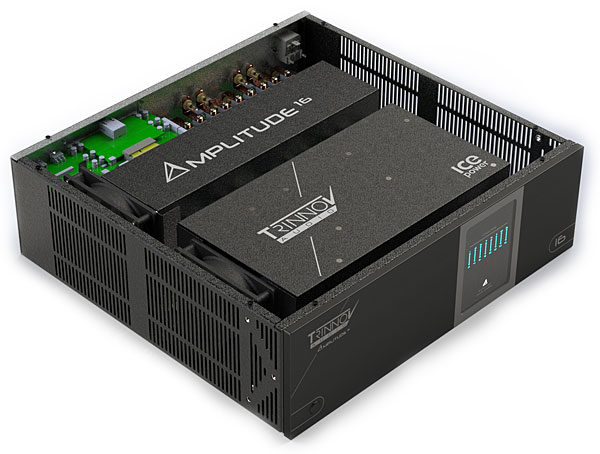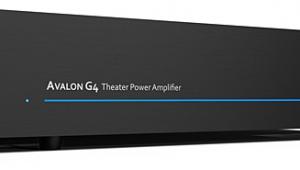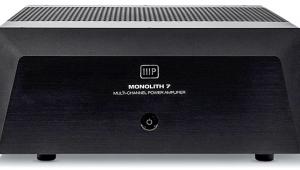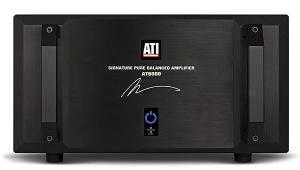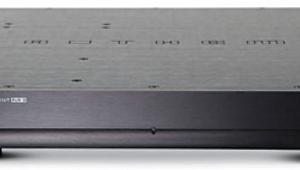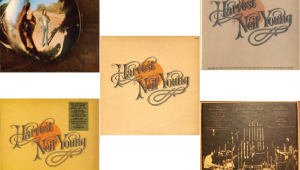Two thoughts:
• You get the best performance by having your amp(s) as close to the speakers as possible. Even in a small home theater, you might have speaker runs of more than 20 feet for rear speakers with this amp. I realize that in an Atmos set up, having amps mounted to the ceiling isn't practical, but on floor standing speakers, using small mono blocks right near the speakers is going to work better. Active speakers can be even better. Also, using multiple powered subs is a better option than passives.
• Unless you have the most inefficient speakers on the planet in your home theater, 200 watts is way too much power for surround speakers. If you are using subs, 50 watts for the surround speakers is more than enough.
I don't doubt that this is a really good sounding amp. I just don't see a use for it.
